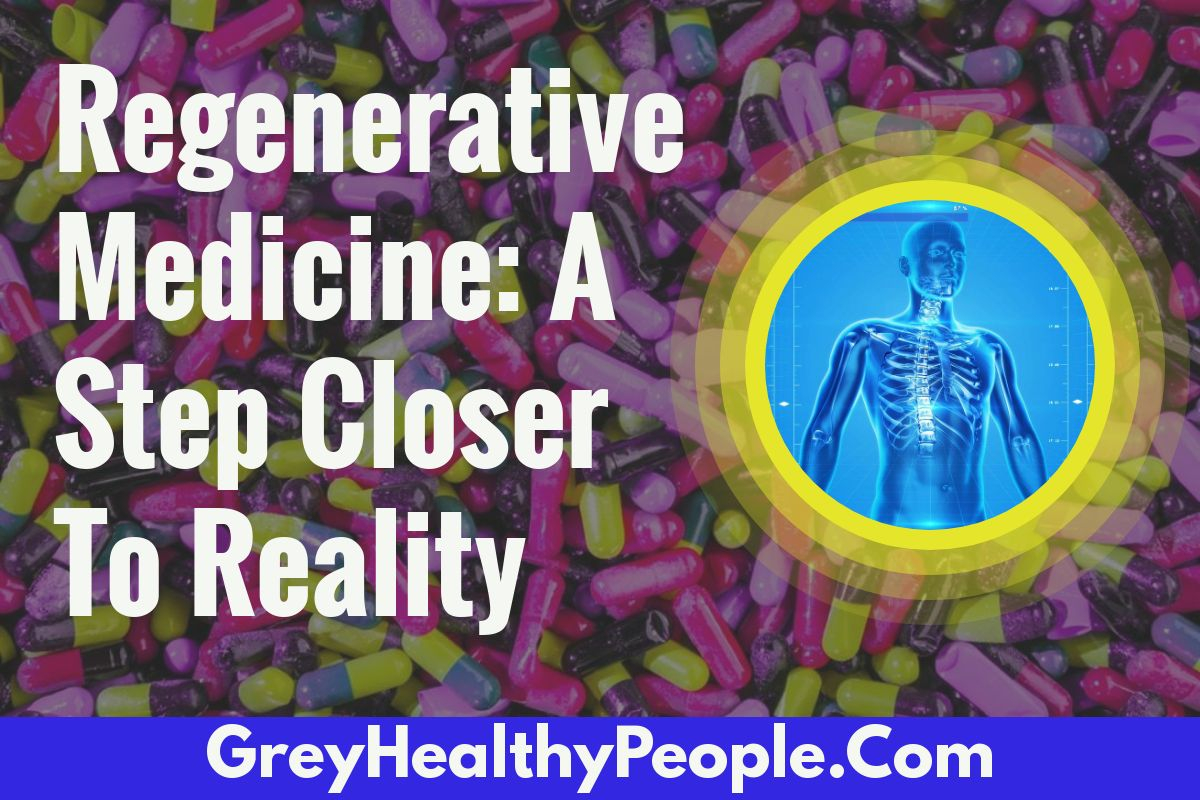New Studies on Regenerative Medicines: We have reached a stage with stem cell research where the future looks bright. We have moved on from being uncertain to a stage where experiments and research have shown us the real potential of stem cells.
Stem cells are capable of growing into various types of cells in their early life until they mature. They are a crucial part of the process of maintaining healthy organs.
When the stem cells are of a particular kind, they can prove to be beneficial to the damaged tissues, by healing them.
The idea of bodies healing themselves might have seemed like an impossible task in the olden days, it is still fascinating today, and even controversial for several reasons, but their importance and scope is endless.
Read More: Hyperbaric Oxygen Therapy Helps You To Mend A Brain Injury?
Stem Cells Generate New Kidneys
The research on stem cells began how experimentation with everything new does, by testing rats, and mice.
The National Institute for Physiological Science in Okazaki, Japan, had researchers who invested their time in growing mouse kidneys inside rats, that were functional.
The success of the project depended only on a few stem cells from a healthy donor.
To the satisfaction of humans, lab-grown kidneys can become a regular procedure.
For patients at the end-stage of renal failure, the development in regenerating kidneys could mean reducing the wait time significantly and faster healing.
Currently, an approximate of 95,000 people are waiting in line to be given a donor’s kidney.
With a number like that, specifically for kidney transplants, we can imagine the need for other organs as well.
To get the best out of stem cells, so that the therapies are more effective, it is essential that the development process is analyzed thoroughly.
A process known as blastocyst complementation is used to inject clusters of stem cells into an animal that is missing an organ. For the procedure to be successful, cells are taken after fertilization from the deformed animal and mixed with stem cells from the healthy donor.
Once the injection has been given to the deformed animal, stem cells will get to work and develop an entirely new organ, that is similar to the donor.
Exactly like in the case of mice and rats, the stem cells do not need to belong to the same species.
Did you know that 79.4% of the funding for research in stem cells comes from the federal government?
Stem Cells Generate New Hearts
Take into account the patients suffering from cardiovascular diseases. The possibilities of regenerating a heart, or portions of the heart through their stem cells are as high as they can be. Yes, various technological gaps need to be filled before we reach that stage, but it’s possible.
Receiving any organ is a tough task, but the heart is a different ball game altogether.
The challenges with finding a match for the heart will require several tests to be carried out, including checking the immunological profile and if the heart can produce cytokines and proteins that are essential for the health of the heart tissue.
Researchers at Drexel University, Philadelphia, were able to reprogram cells taken from the omental tissue of the patient into pluripotent stem cells and then separated these cells into endothelial cells and cardiomyocytes.
Synthesized polymers were created using the omental tissues that had been decellularized. These polymers were such that they would support 3D printing by solidifying into hydrogels.
The endothelial cells and cardiomyocytes were structured in such a way that they would resemble the thick heart tissue and the intricate network of cardiac muscles and blood vessels using a 3D printer and hydrogels as cell carriers.
With miles ahead of us, this piece of research has proved to be the progress we’ve been looking for. To engineer a beating heart, the technological wave will have to be bigger and stronger.
Read More: How to Know about an HIV Rash? What are the Symptoms and Causes?
A Look at History for the Future
A developmental biologist named James Thomson, from the University of Wisconsin-Madison was the first man to culture these endlessly replicating cells of life.
Under the right kind of conditions in the lab, these cells were capable of curing several diseases including, but not limited to heart disease, Parkinson’s, spinal cord injury, etc.
Embryonic stem cells were discovered 20 years ago.
Today, the potential of embryonic stem cells is clear. Practically any type of cell can be generated from these to replace any cells damaged due to diseases.
Initially, it was believed that the cells’ ability to become stem cells was fixed, whether or not they could turn into stem cells as well. With tons of research and time invested in it, it was determined that even the immature cells share the same possibilities of developing into a functioning organ.
For us to direct the cells in a particular direction, it became essential to analyze the signals that drove them.
Reaching this stage of development, when we had begun with only 5 cells, is a big achievement. From working in a tiny lab, with only a few of them carrying the budget for such research, we are in the day and age where Regenerative Medicine is a global field.
Read More: What is Being Well Meaning? How it is Related to Your Health?
Several new trials are coming up and being tried and tested to fulfil the promise that stem cells have. There have been various successful attempts too, amongst a few failures, all leading to a future where regenerative medicine will become a part of our healthcare structure.
Regenerative medicine includes tissue engineering, PRP (Platelet-rich Plasma) therapy, amniotic-membrane derived stem cells, and stem cells, of course. These show great potential in the future.
Author Bio:
Dr. Snider is an enthusiastic stem cell expert and works as a professional stem cell specialist at ProHealth Center. He/she remains committed to advancing regenerative medicine field with innovative technologies and approaches.
References:
https://en.wikipedia.org/wiki/Regenerative_medicine




